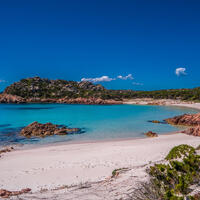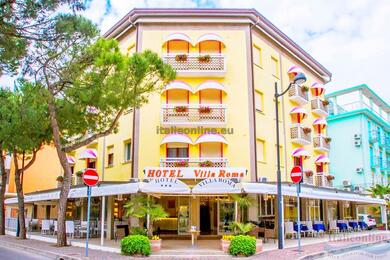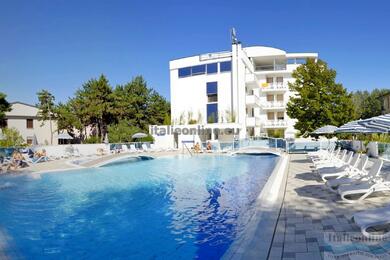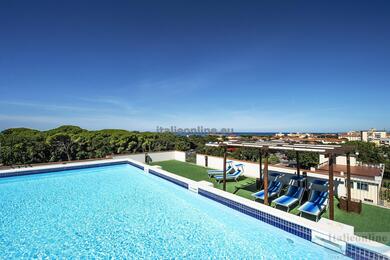The landscape of the salt pans
Once you're in the Saline di Cervia area (located in the Emilia-Romagna region), you'll immediately be captivated by the charm of the landscape. The huge pools, filled with clear sea water, turn into captivating canvases of different shades of blue, red and white. The sun shines on the surface, and as the water evaporates, salt crystals form, glittering like gems. This breathtaking process not only entices the eye, but also transports you back to a time when salt was a precious commodity that shaped the history of the region.
Traditional production
Cervia boasts one of the richest traditions of salt production in Europe. The history dates back to ancient Rome, when salt was an indispensable means of preserving food. Over the years it has become the heart of trade routes and an important source of livelihood for the local population. Today, the salt pans boast cultural heritage status and have become a symbol of the region's identity.
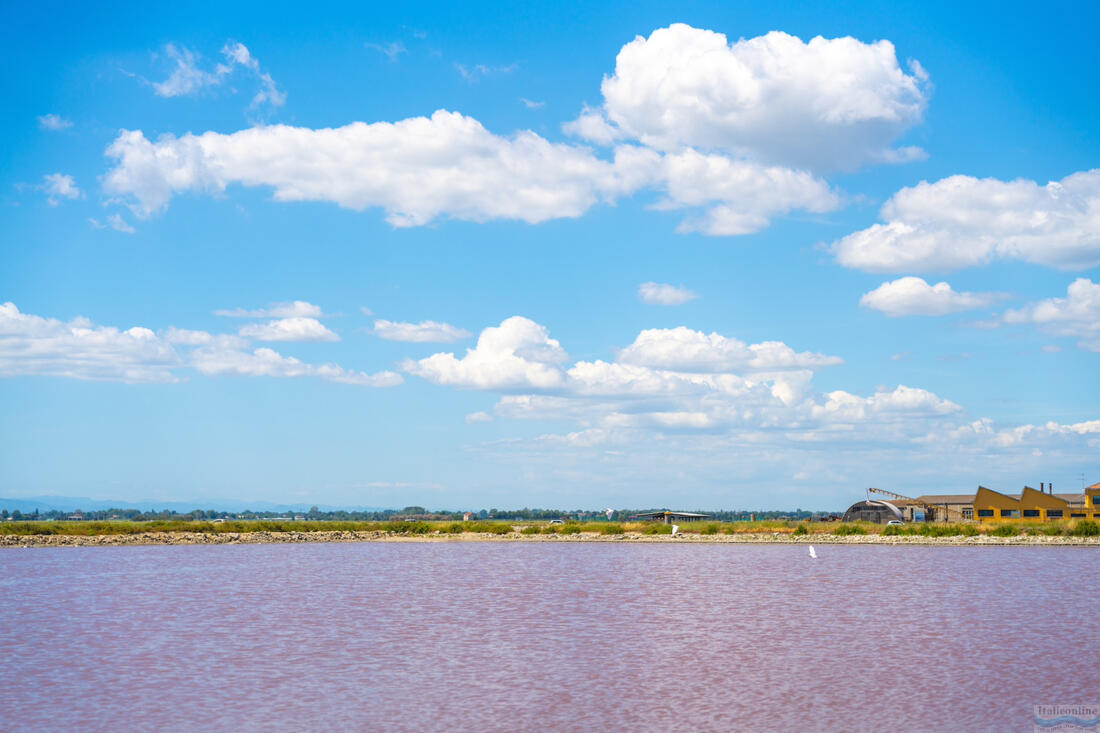
How is salt produced in Cervia? It is an art that has been handed down from generation to generation. The local salt-makers, known as 'salinari', use traditional techniques that have been handed down for centuries. You can see them carefully collecting salt from the surface.
The salt from Cervia is known as 'sale dolce di Cervia'. This name is not due to its sweet taste, but to its mildness and lower content of bitter minerals.minerals such as magnesium and sulphate, which are more pronounced in ordinary sea salt. This gives Cervia salt a milder and more balanced taste.
Ecology, flamingos and adventure
The beautiful red colour of the salt pans in Cervia has a fascinating natural explanation. This hue comes from microscopic organisms, particularly halobacteria, tiny crustaceans and the algae species Dunaliella salina, which live in an extremely salty environment. These organisms contain pigments such as beta-carotene, which produce the red to pink tones of the water. The higher the concentration of salt, the more intense the red colouration, which you can see in salt pans, especially during the hot summer months when the water evaporates quickly. The flamingos that frequent the salt pans in Cervia have a direct connection to this color play! Their iconic pink color is the result of a diet rich in carotenoids - the very pigments they get from the tiny crustaceans and algae that abound in these waters.
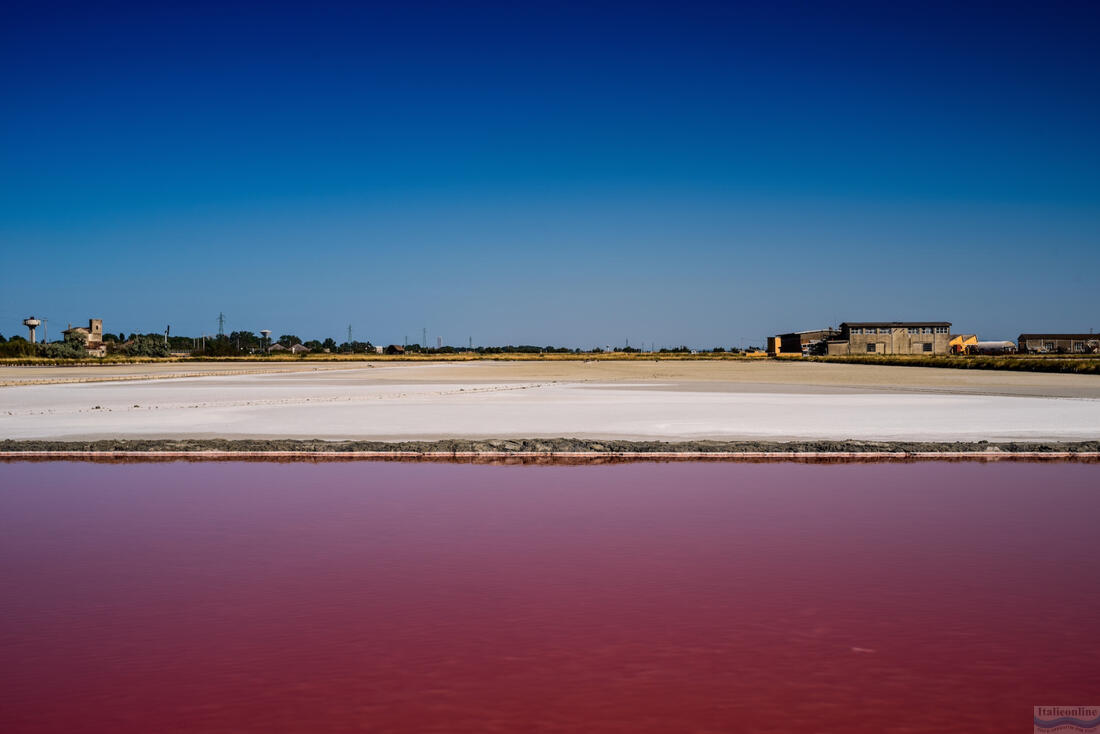
A culinary experience
Cervia is also renowned for its gastronomic delights, where the local salt is the star of many dishes. Local restaurants often organise tastings where you can enjoy dishes linked to the history and traditions of the town. You can also try local specialities such as sea salt flavoured with herbs.
Whether you are a nature, history or gastronomy lover, Cervia will enchant you and offer you an experience to last a lifetime. Get ready for an adventure in Cervia, the city of salt, sun and tradition!




